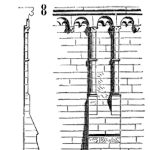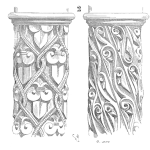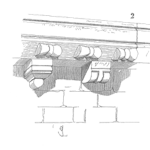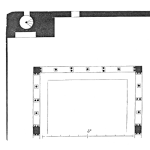
When Weibull analysis is applied to complex, repairable systems – like mining equipment – care must be taken to ensure the analysis is applied to failure data exhibiting a common failure mode on the component-level, not the system-level.
This requires the reliability engineer to review the work order data at times and, ideally, the failed components themselves. Otherwise, the “Garbage In, Garbage Out” principle applies.
[Read more…]












